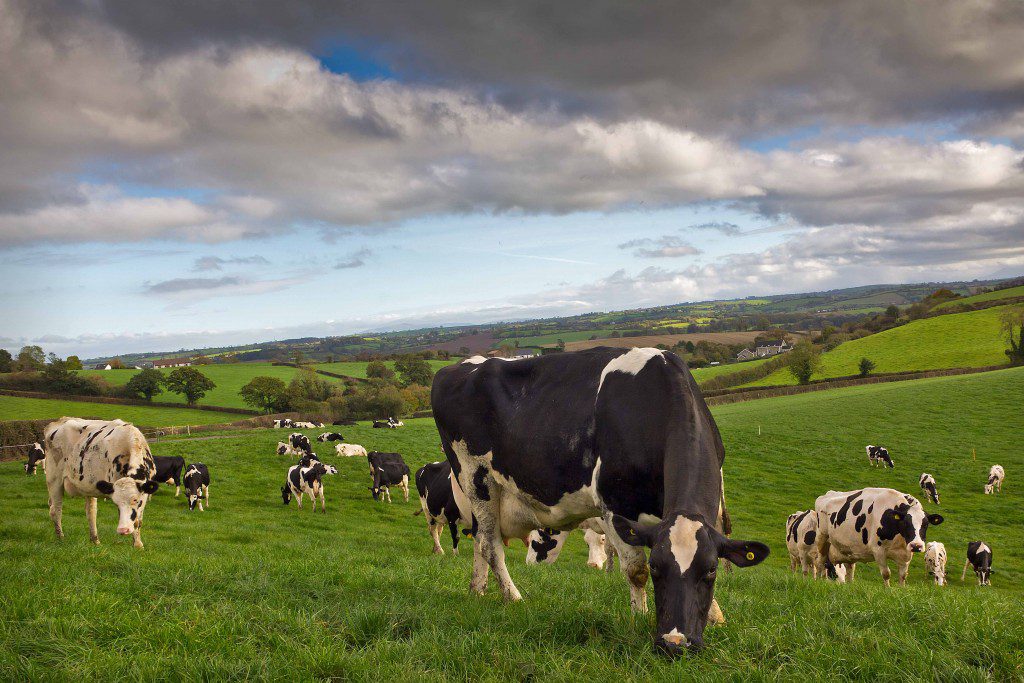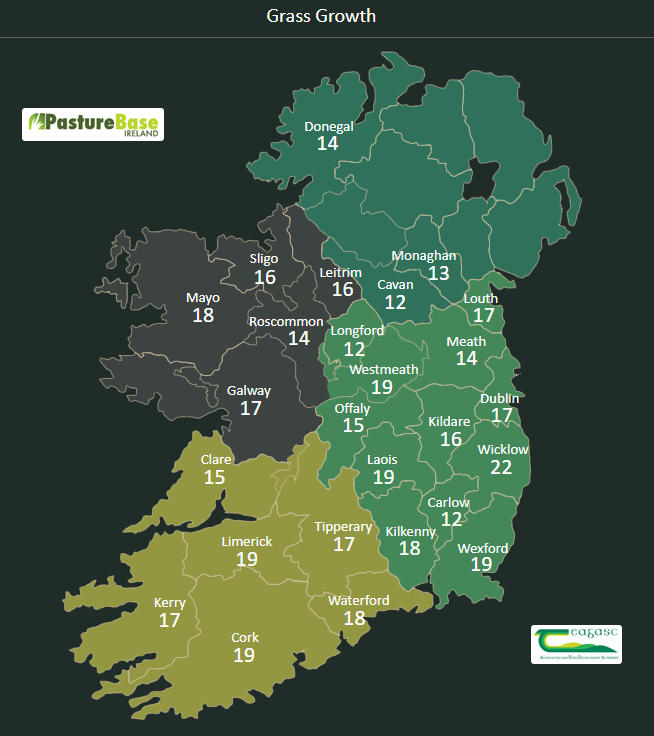For many dairy farmers around the country the grazing-season is coming to an end, with plans to house cattle in the coming days; while some farmers may have already done so.
Overall, grazing conditions have been quite good until recently, particularly in parts of the country that experienced drought conditions earlier in the year.
Data from Met Eireann shows that rainfall quantities – recorded at many of its weather stations around the country – during the month of October were almost 50% less than the average rainfall for the same month last year.
However, with the arrival of heavy rain and the forecast predicting continued unsettled weather, grazing conditions are likely to become more difficult. 
As ground conditions deteriorate, it’s important to avoid damaging paddocks – through poaching – if keeping cows at grass.
If paddocks are prone to damage, in wet conditions, then it may be worth allocating grass in 12-hour grazing blocks to minimise damage.
In addition, housing cattle on a part-time basis may be an option during unfavourable grazing conditions.
According to the latest Teagasc PastureBase figures, grass growth rates around the country are low, ranging from 12kg of DM/ha/day to 19kg of DM/ha/day.
This is much lower than the current herd demand on most farms. Therefore, silage and concentrates have been introduced as a supplement to stretch remaining grass supplies.

